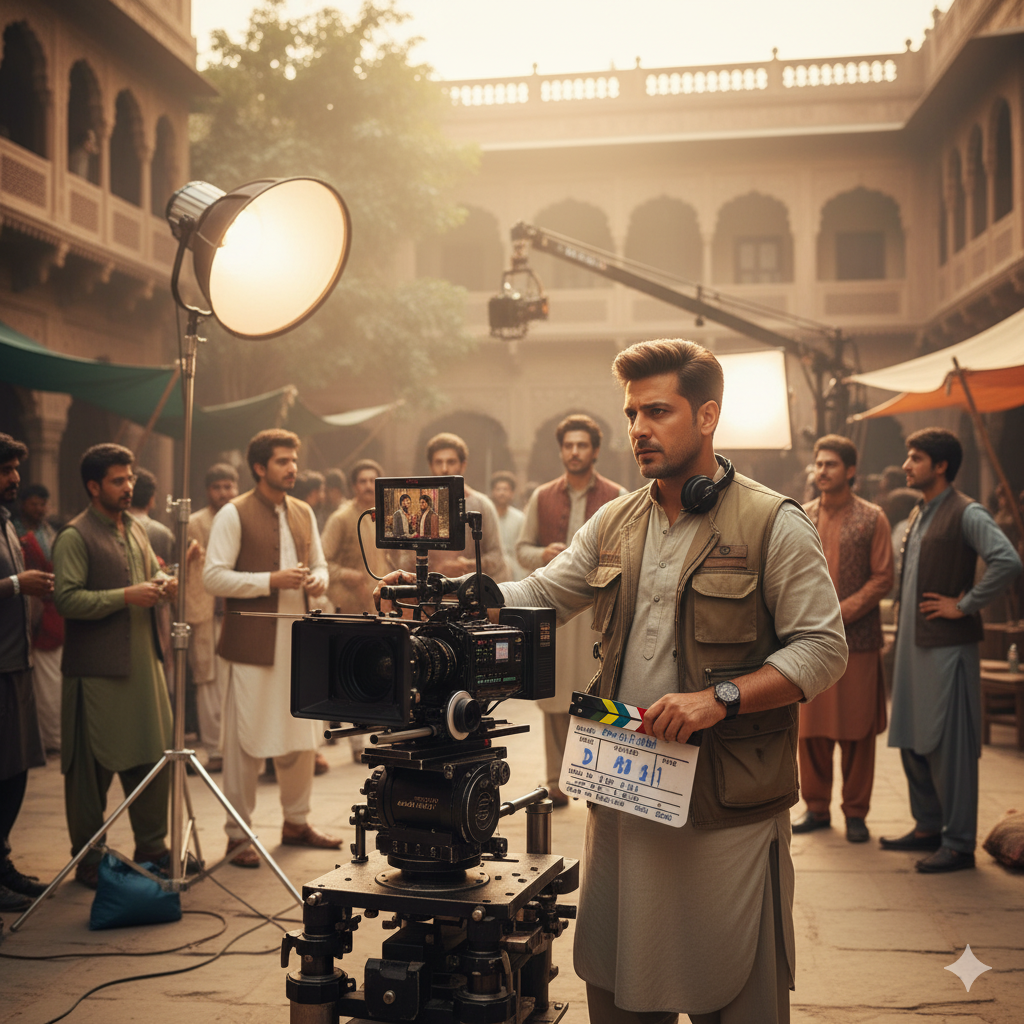Once known for its soulful stories and artistic brilliance, Pakistani cinema faced years of decline. However, in recent times, a powerful revival has begun one driven by creativity, technology, and a new generation of filmmakers determined to restore the industry’s former glory.
This blog explores how Pakistani cinema is reclaiming its Golden Era, blending tradition with modern storytelling to captivate audiences once again.
Table of Contents
| Section | Key Focus |
|---|---|
| The Golden Era of Pakistani Cinema | Remembering the classic days |
| The Decline of Lollywood | Understanding what went wrong |
| The Modern Revival | How technology and youth brought change |
| Role of Artists and Filmmakers | The creative force behind the revival |
| Challenges and Future Vision | Building a sustainable film industry |
| Conclusion | The road ahead for Pakistani cinema |
The Golden Era of Pakistani Cinema
Between the 1950s and 1980s, Pakistani cinema experienced a cultural and artistic boom known as its Golden Era. Cities like Lahore and Karachi became creative hubs, producing timeless films filled with emotional depth, strong narratives, and memorable music.
🎬 Key Features of the Golden Era
- Emotionally rich stories rooted in Pakistani culture
- Legendary actors like Waheed Murad, Zeba, and Nadeem Baig
- Classic songs that remain popular today
- Cinema halls filled with families every weekend
The Decline of Lollywood
During the late 1980s and 1990s, the film industry faced multiple challenges that caused its decline.
Reasons for the Decline
- Economic Constraints – Lack of funding and investment in creative sectors.
- Political Instability – Censorship and lack of support for arts.
- Low Production Quality – Outdated equipment and scripts.
- Rise of Indian and Western Media – Pakistani audiences turned elsewhere.
| Year | Key Event | Impact |
|---|---|---|
| 1988 | Political transition | Reduced film freedom |
| 1995 | Video revolution | Cinema attendance dropped |
| 2000 | TV drama rise | Shifted audience interest |
However, decline wasn’t the end — it was a pause before rebirth.
The Modern Revival of Pakistani Cinema
The revival began in the early 2010s, with bold new filmmakers who dared to dream big. Films like Bol (2011), Khuda Kay Liye (2007), and Waar (2013) reignited interest in Pakistani films — not just locally but globally.
🎥 Key Factors Behind the Revival
- Modern Technology: High-definition cameras and digital post-production.
- Creative Storytelling: Focus on real-life issues, patriotism, and youth culture.
- Emerging Talent: New directors, actors, and screenwriters breaking stereotypes.
- Cinemas Reopening: Multiplex culture reintroduced the joy of big-screen viewing.
Role of Artists and Filmmakers in the Revival
Pakistani artists are the true architects of change. They’ve transformed storytelling into a form of social awareness and national pride.
Notable Contributors
- ShoMan (Shoaib Mansoor): Revived thought-provoking cinema with Khuda Kay Liye and Bol.
- Nabeel Qureshi and Fizza Ali Meerza: Introduced urban realism with Na Maloom Afraad and Load Wedding.
- Sarmad Khoosat: Combined art and emotion in Manto and Kamli.
- Mahira Khan & Fahad Mustafa: Global ambassadors for modern Pakistani film.
How Artists Inspire Progress
- Promoting socially relevant themes
- Enhancing Pakistan’s global image
- Encouraging youth involvement in filmmaking
Challenges and Future Vision
While progress is clear, Pakistani cinema still faces hurdles that need long-term solutions.
Key Challenges
- Limited cinema screens nationwide
- Insufficient government funding
- Piracy and distribution issues
- Lack of international collaborations
| Challenge | Impact | Solution |
|---|---|---|
| Low investment | Slows production | Introduce tax incentives |
| Piracy | Revenue loss | Stronger copyright laws |
| Limited audience | Narrow reach | Regional and global marketing |
Vision for the Future
To truly revive its golden age, Pakistan must:
- Invest in film schools and training
- Support creative freedom
- Build cultural partnerships across South Asia
- Use digital platforms to reach global audiences
How Cinema Reflects a Progressive Pakistan
Pakistani cinema now tells stories of courage, diversity, and resilience — reflecting a society that’s growing beyond barriers.
Modern films explore women empowerment, youth potential, and patriotism, proving that entertainment can educate and inspire at the same time.
Examples of Impactful Modern Films
- Bol – Women’s rights and social justice
- Waar – Patriotism and national defense
- Laal Kabootar – Urban realism and social change
- Kamli – Emotional depth and women’s struggles
The revival of Pakistani cinema marks more than a comeback — it’s a reawakening of national creativity. With young artists, advanced technology, and a vision for cultural pride, the film industry is once again shaping Pakistan’s global identity.

